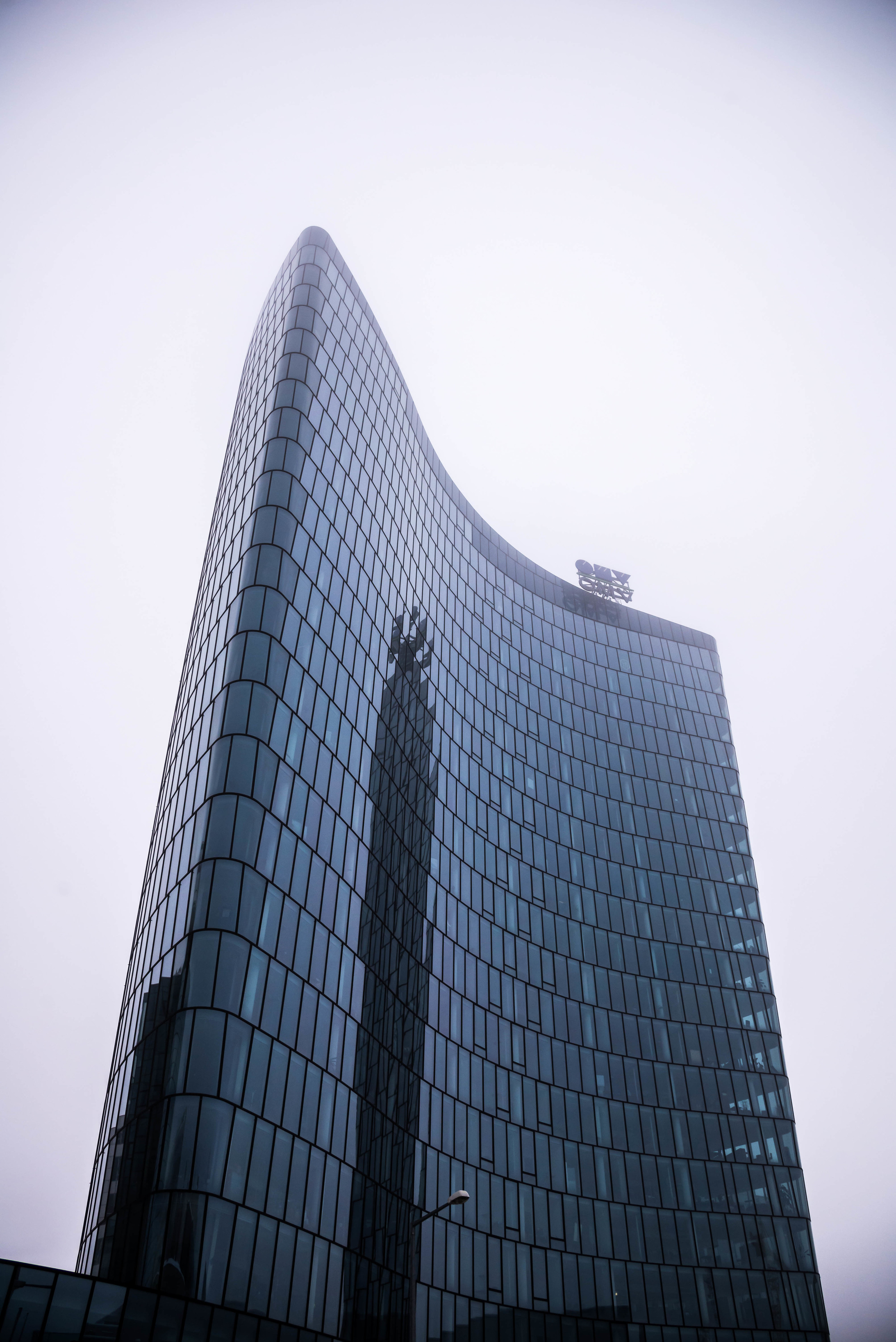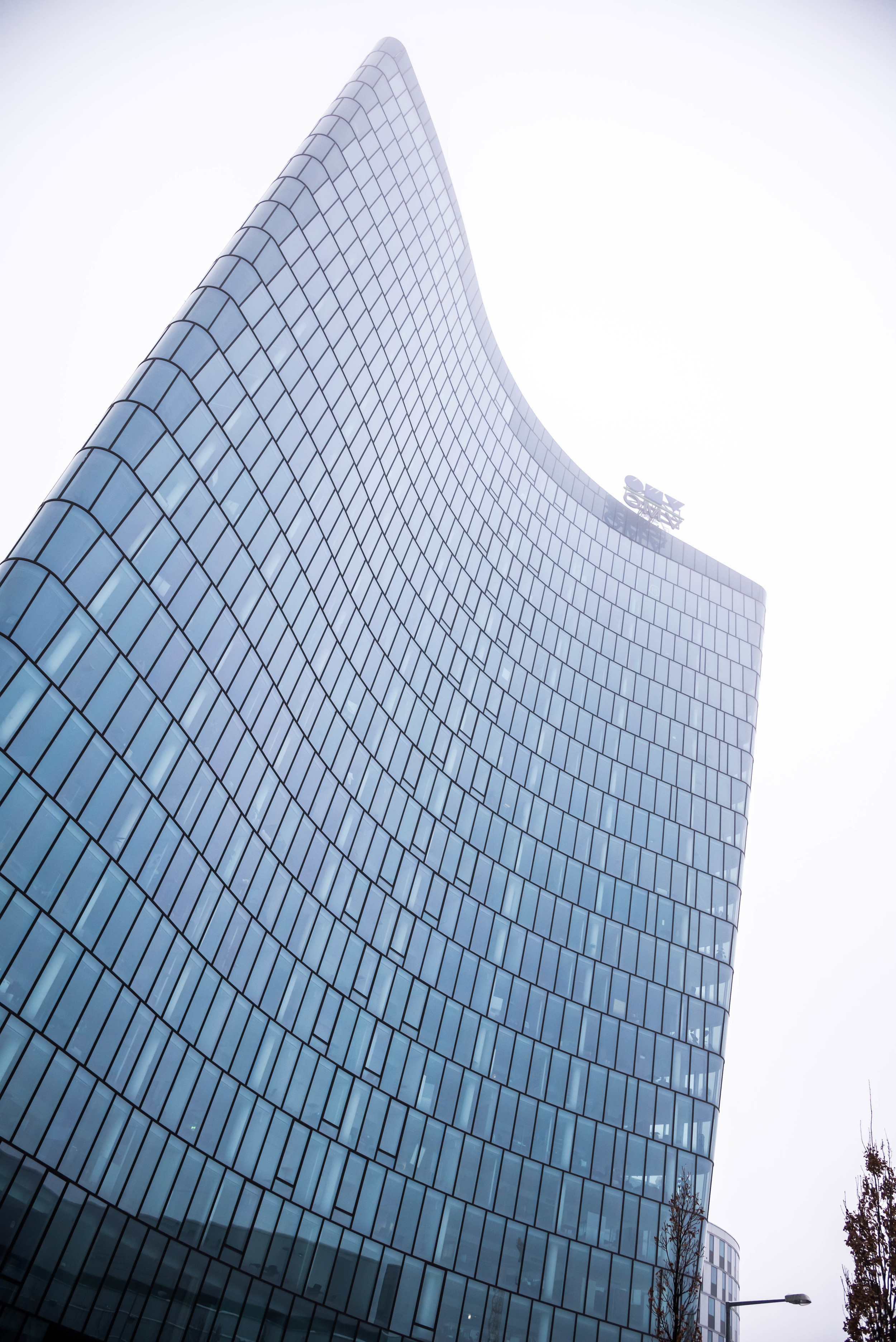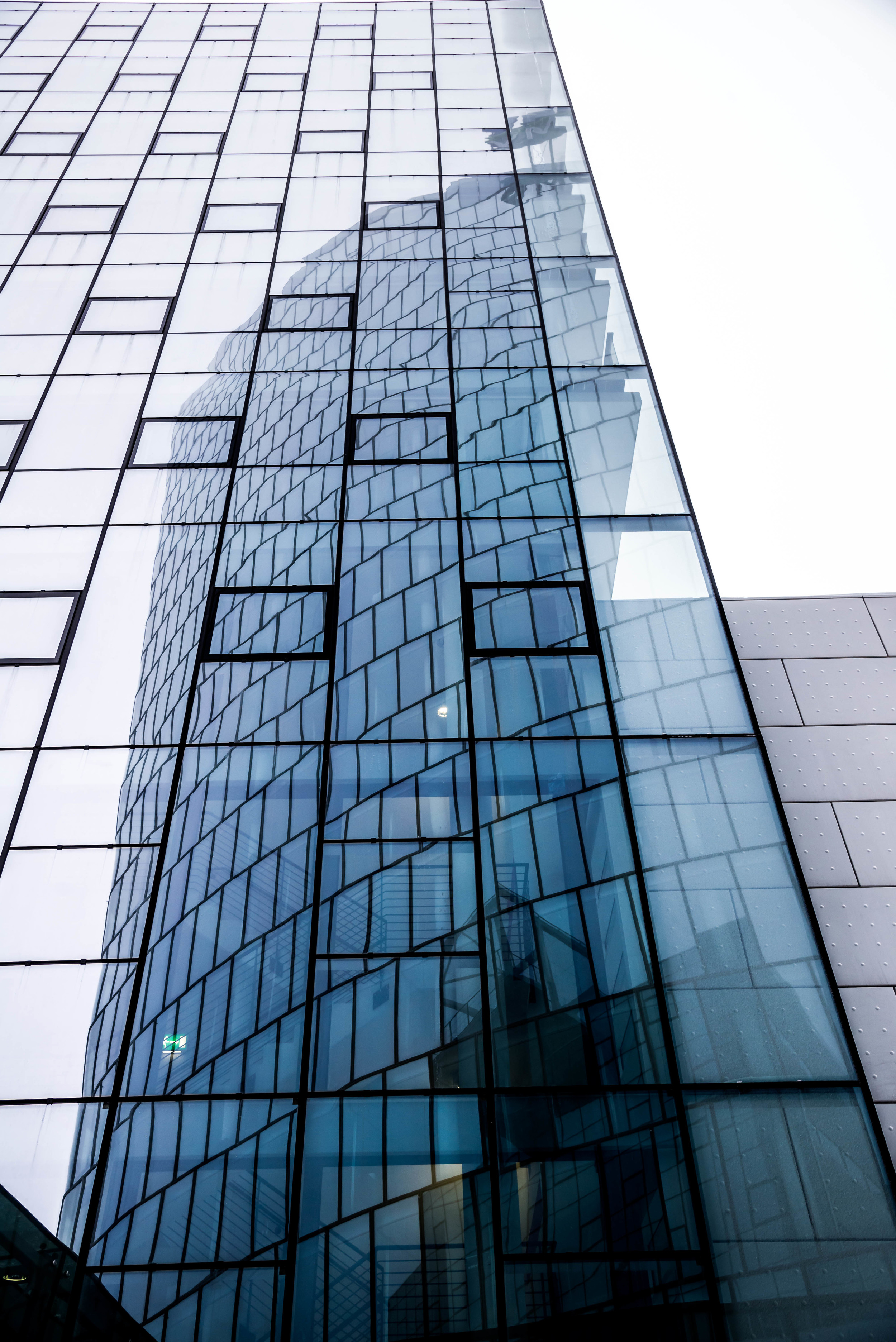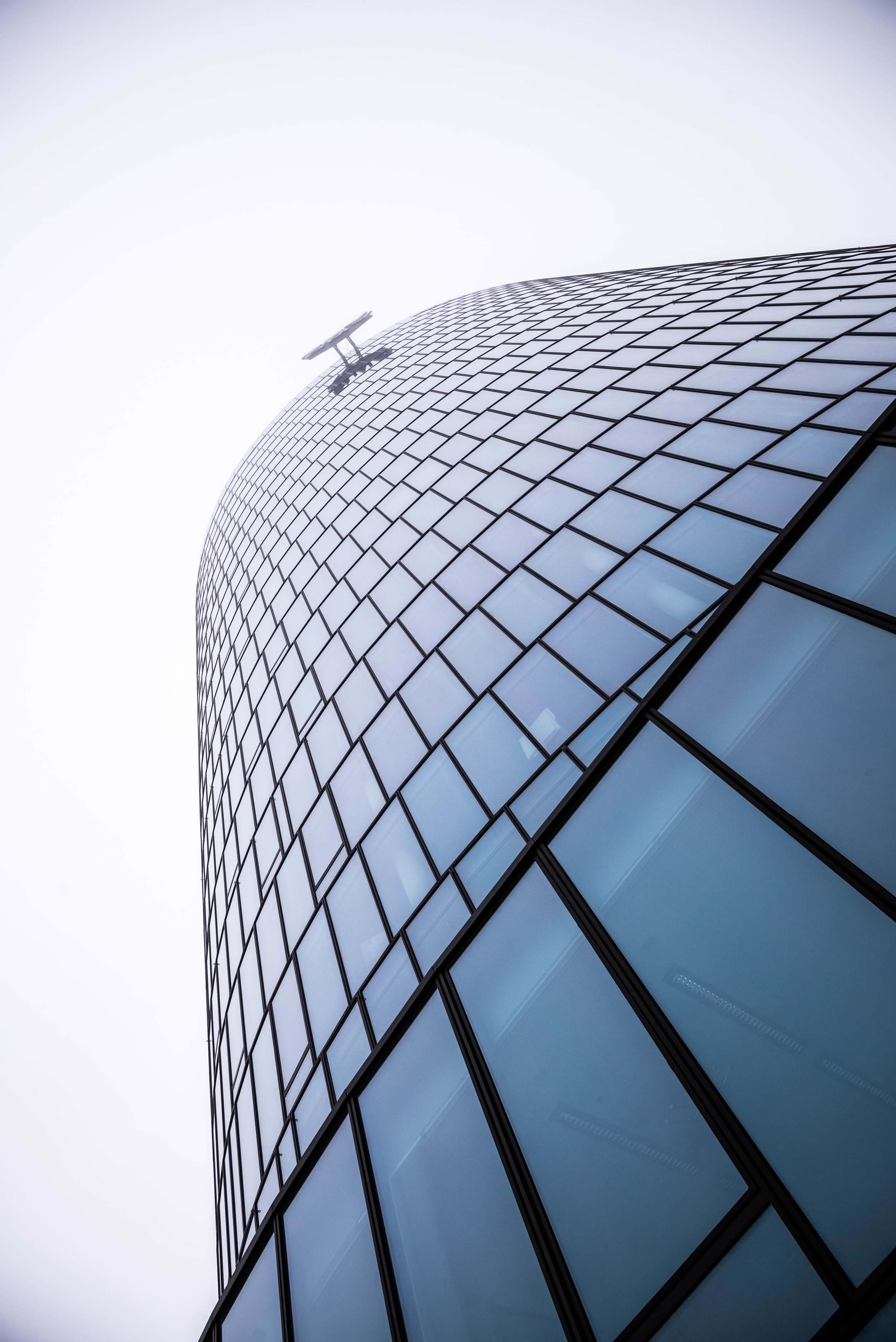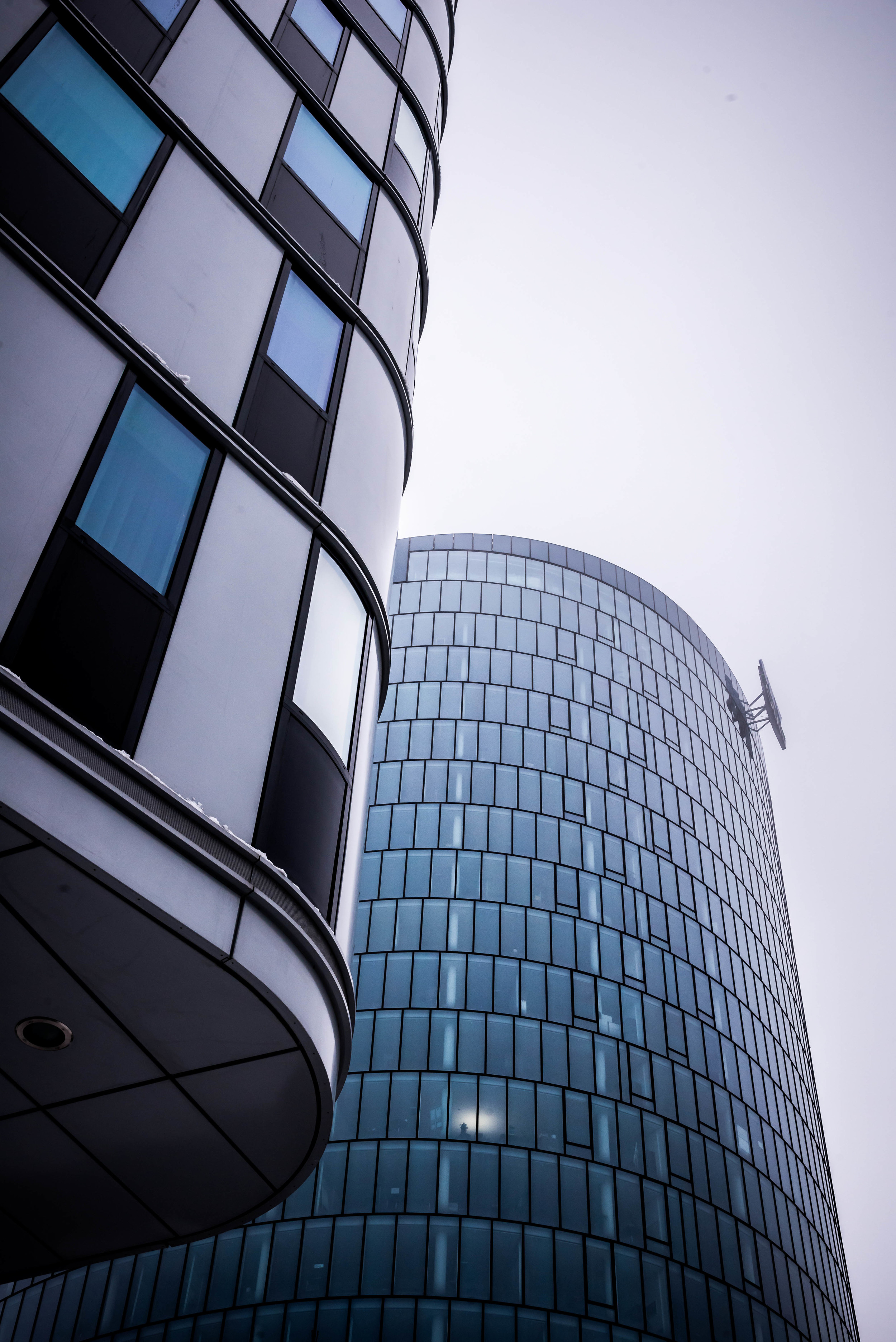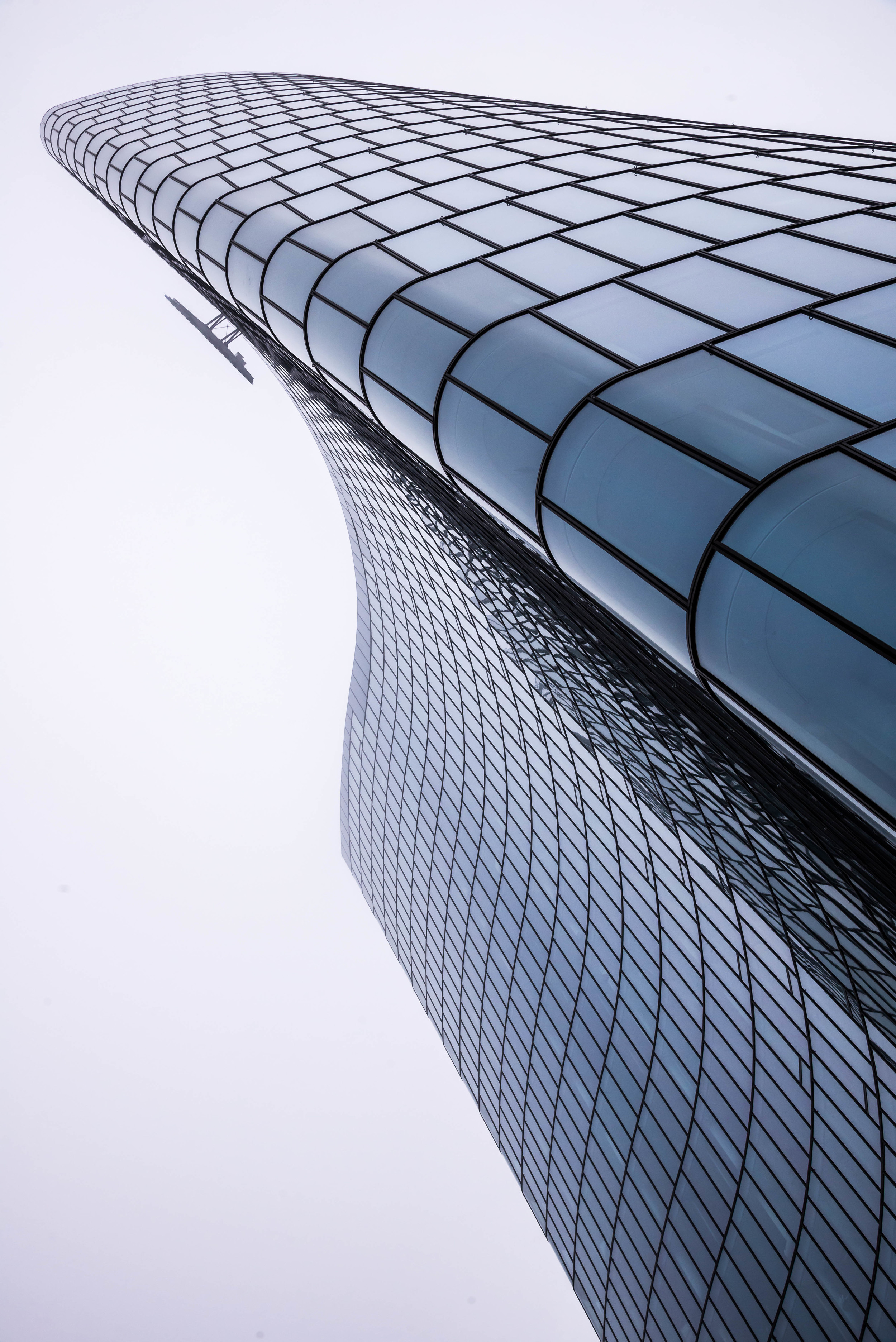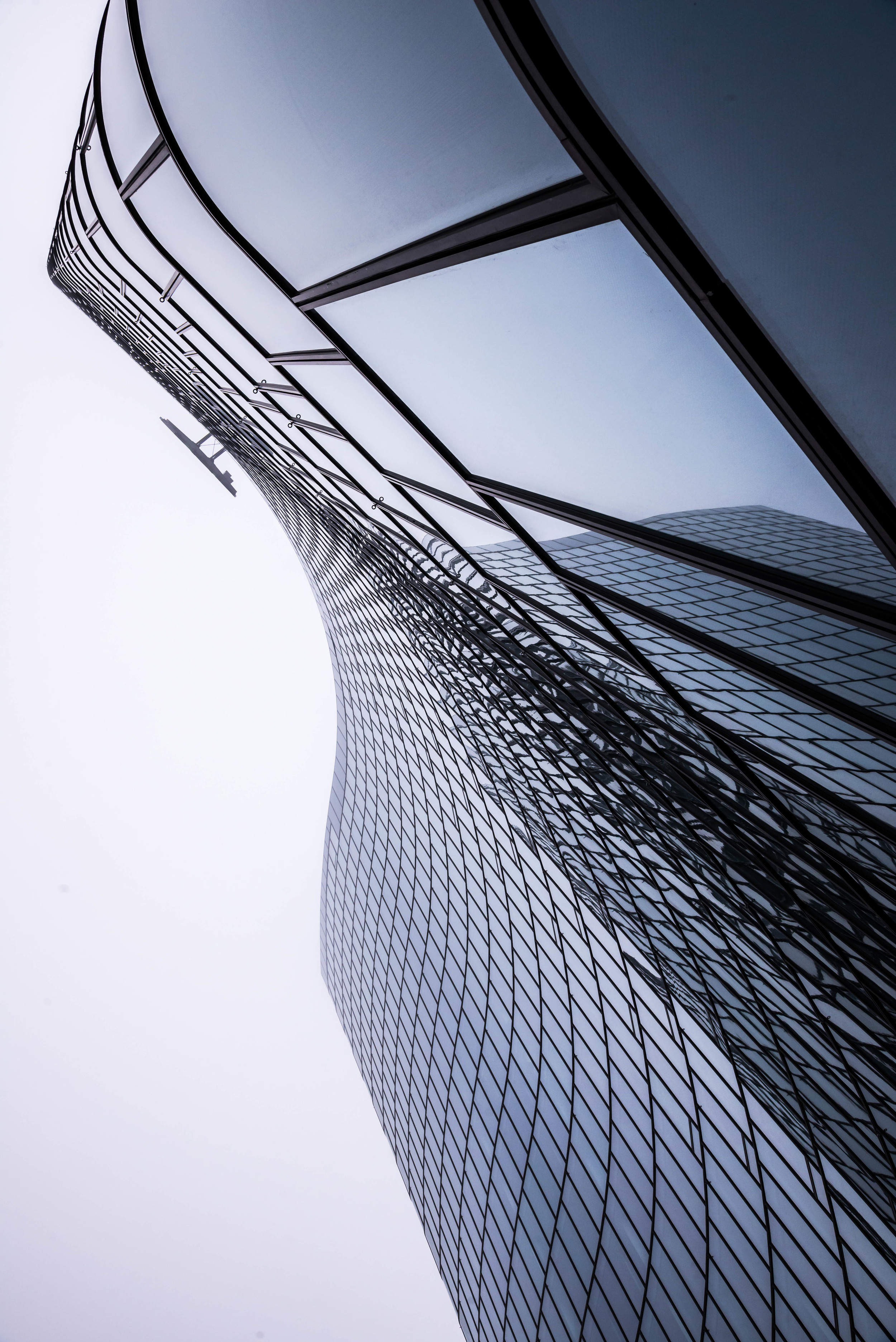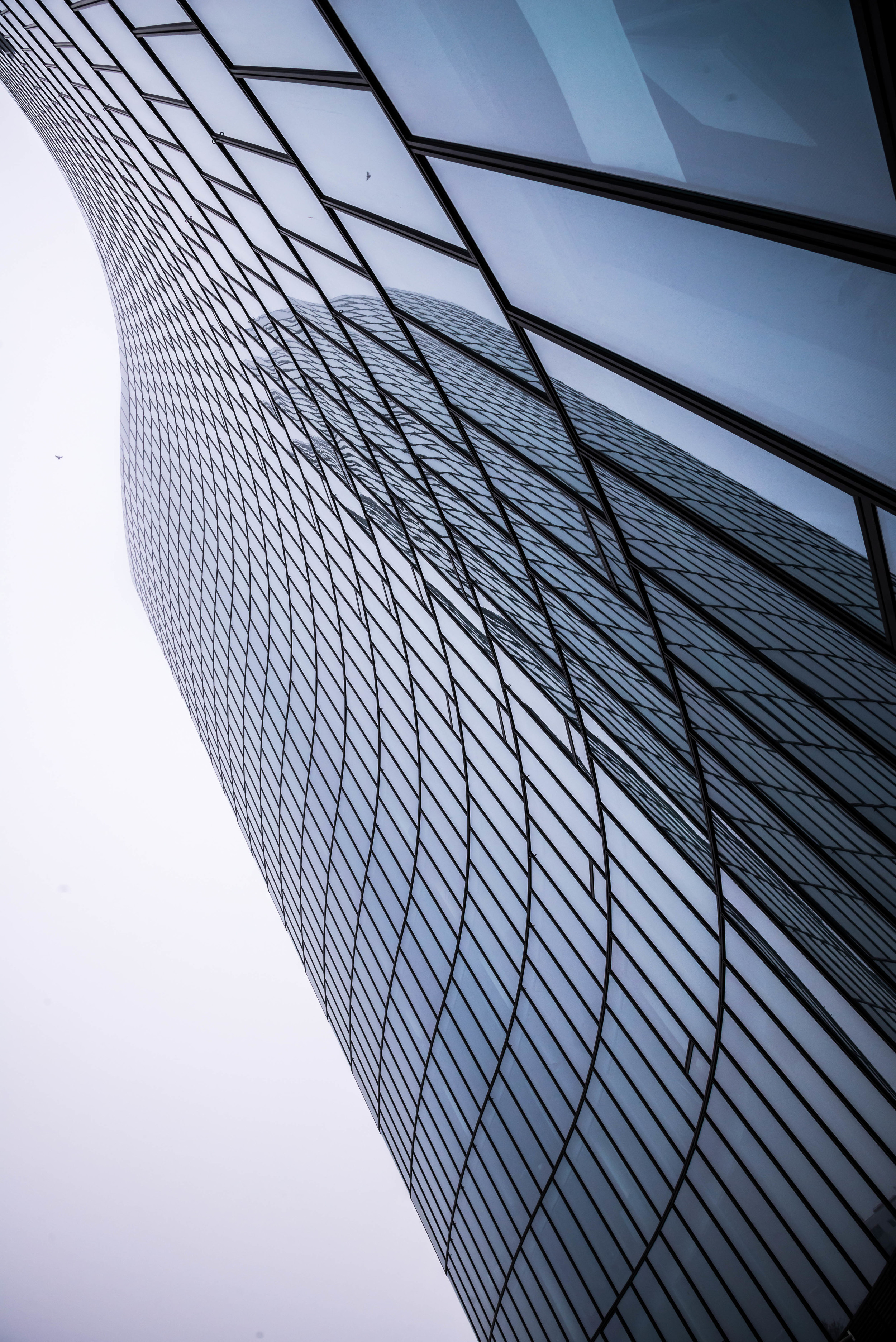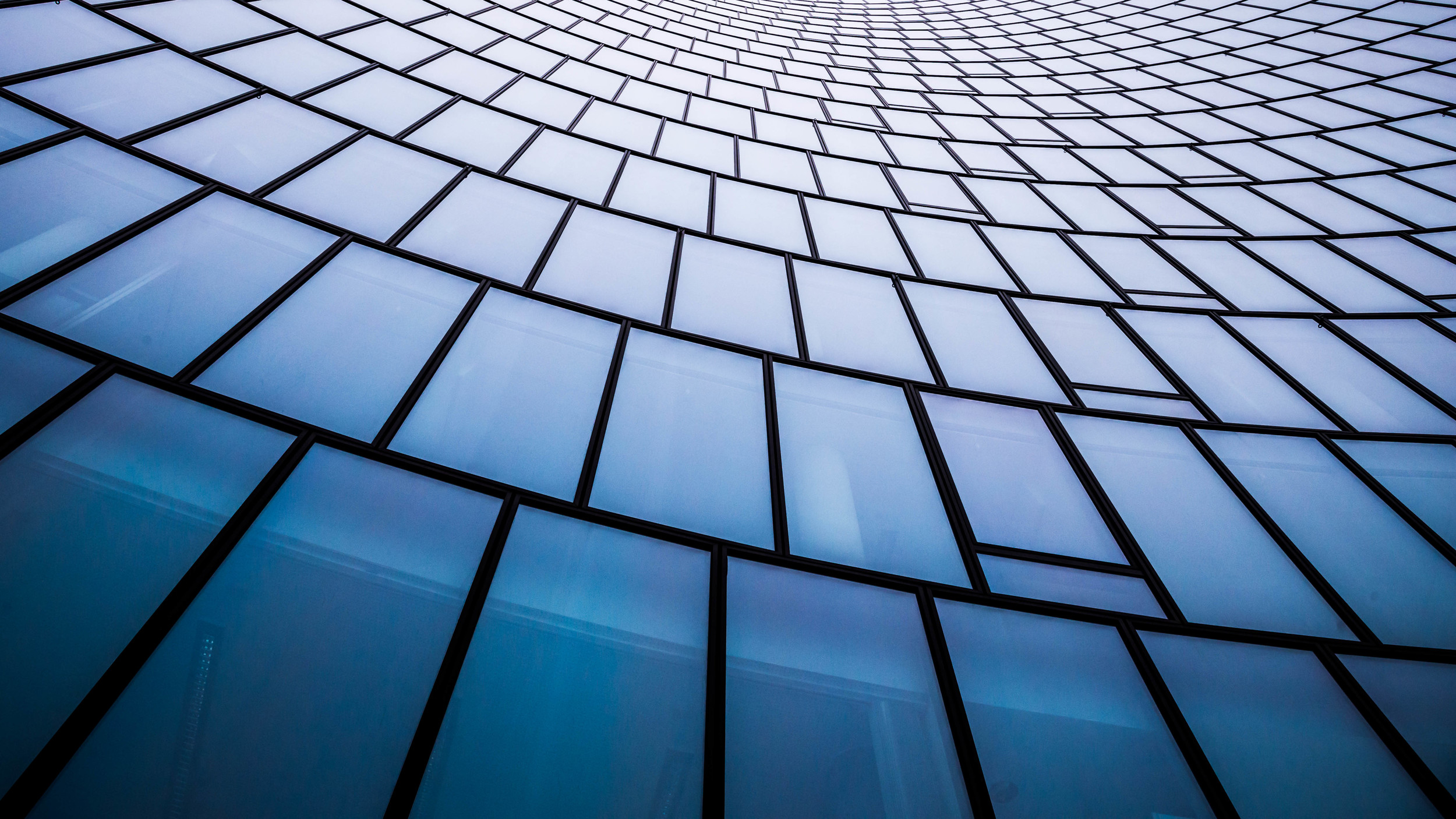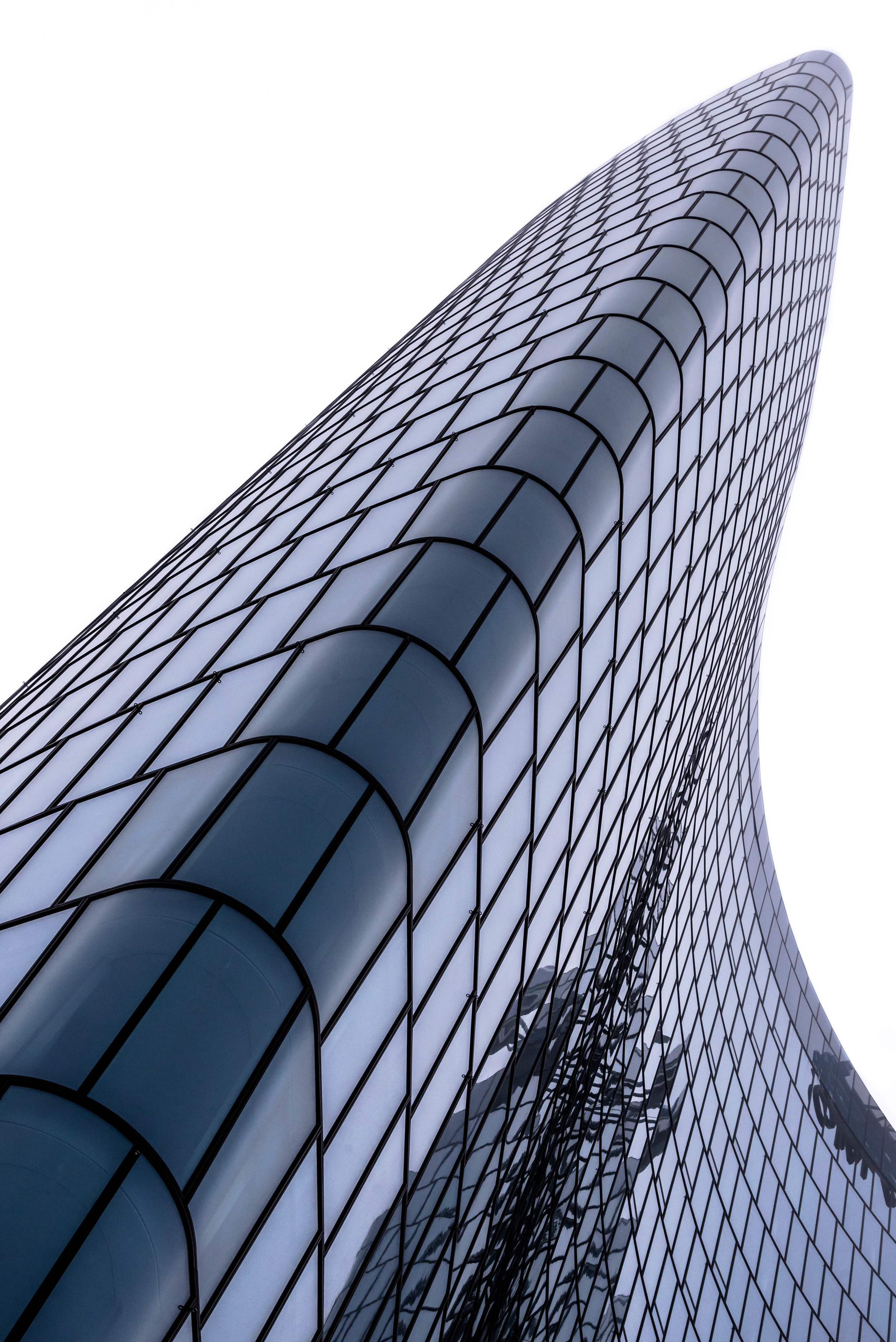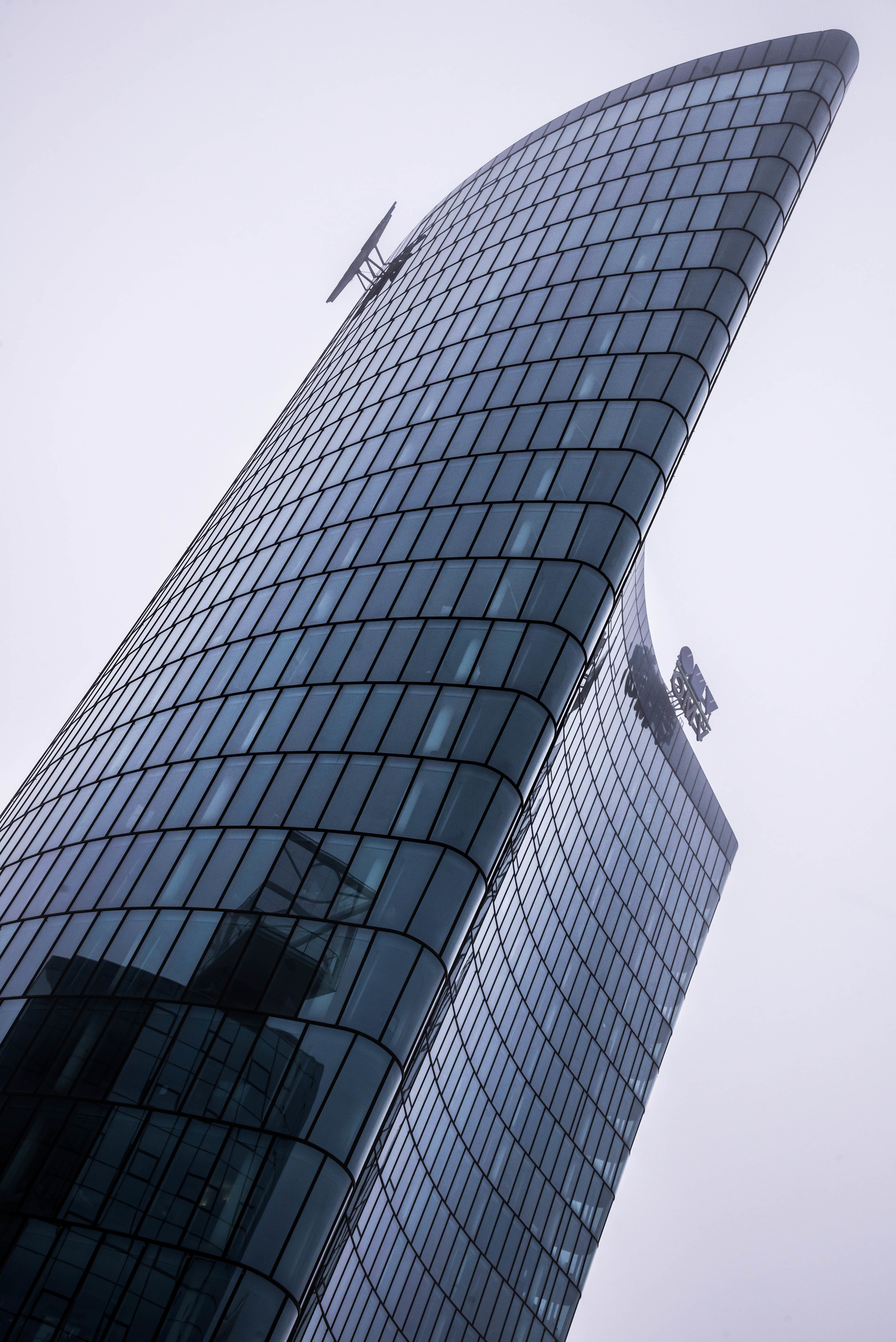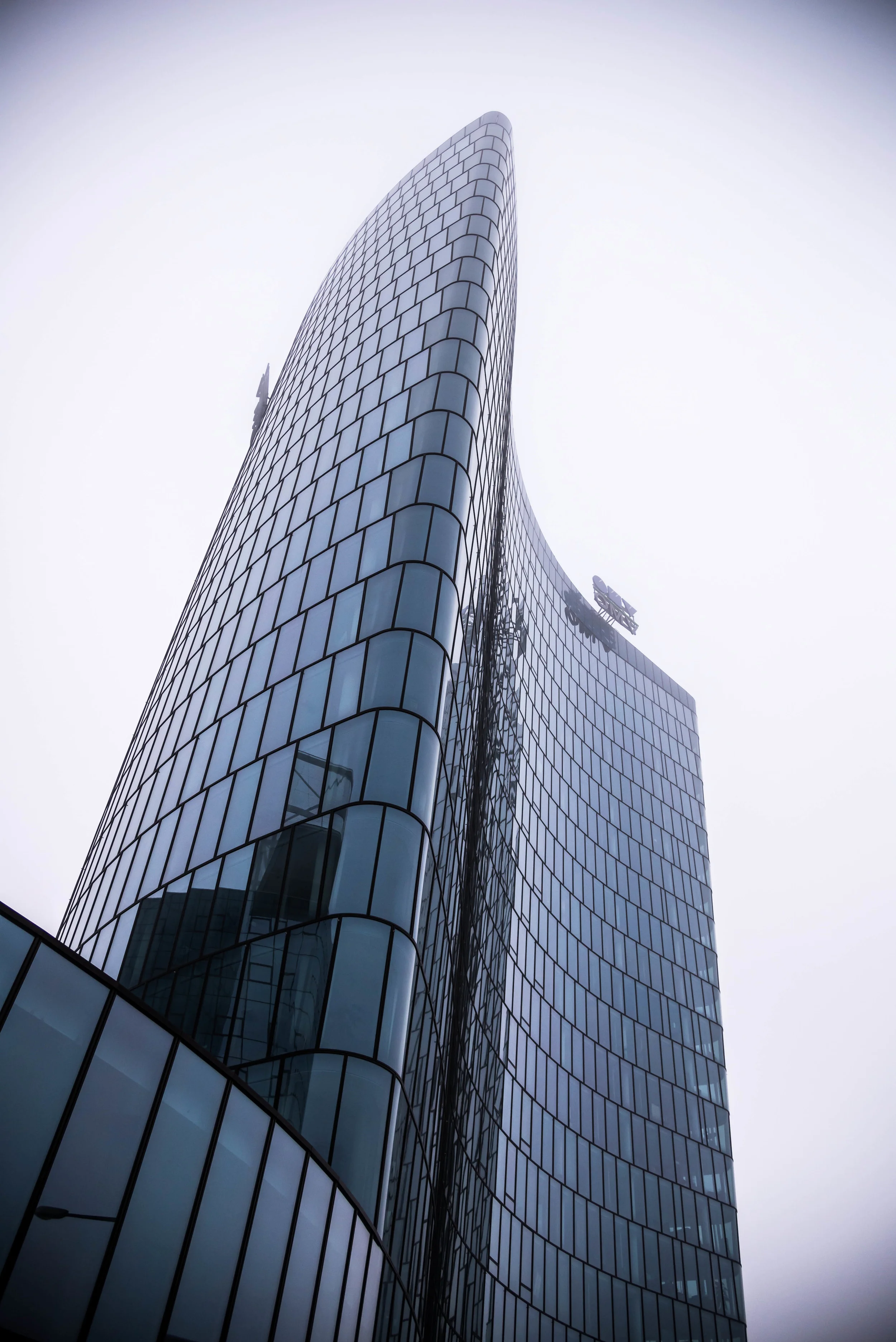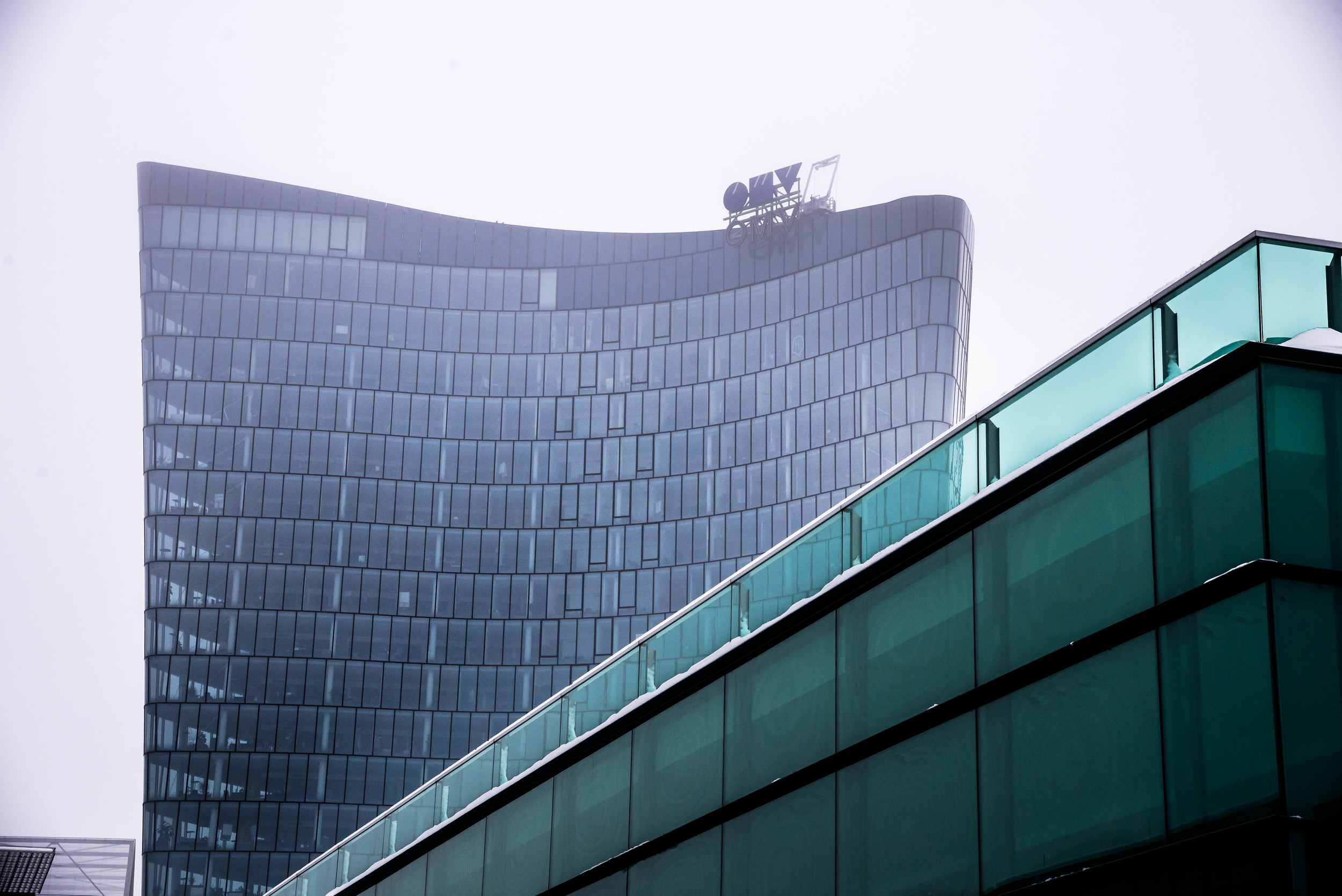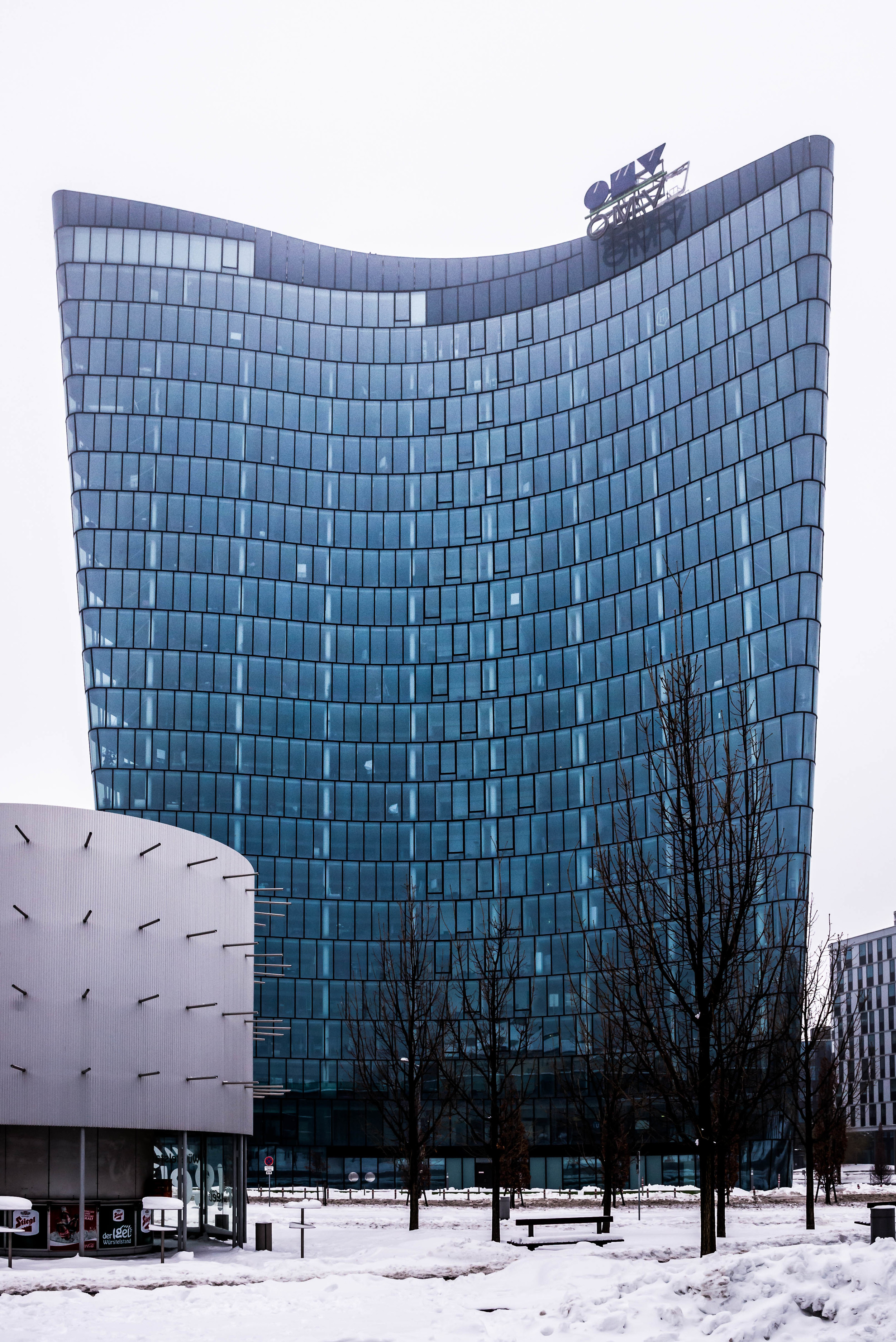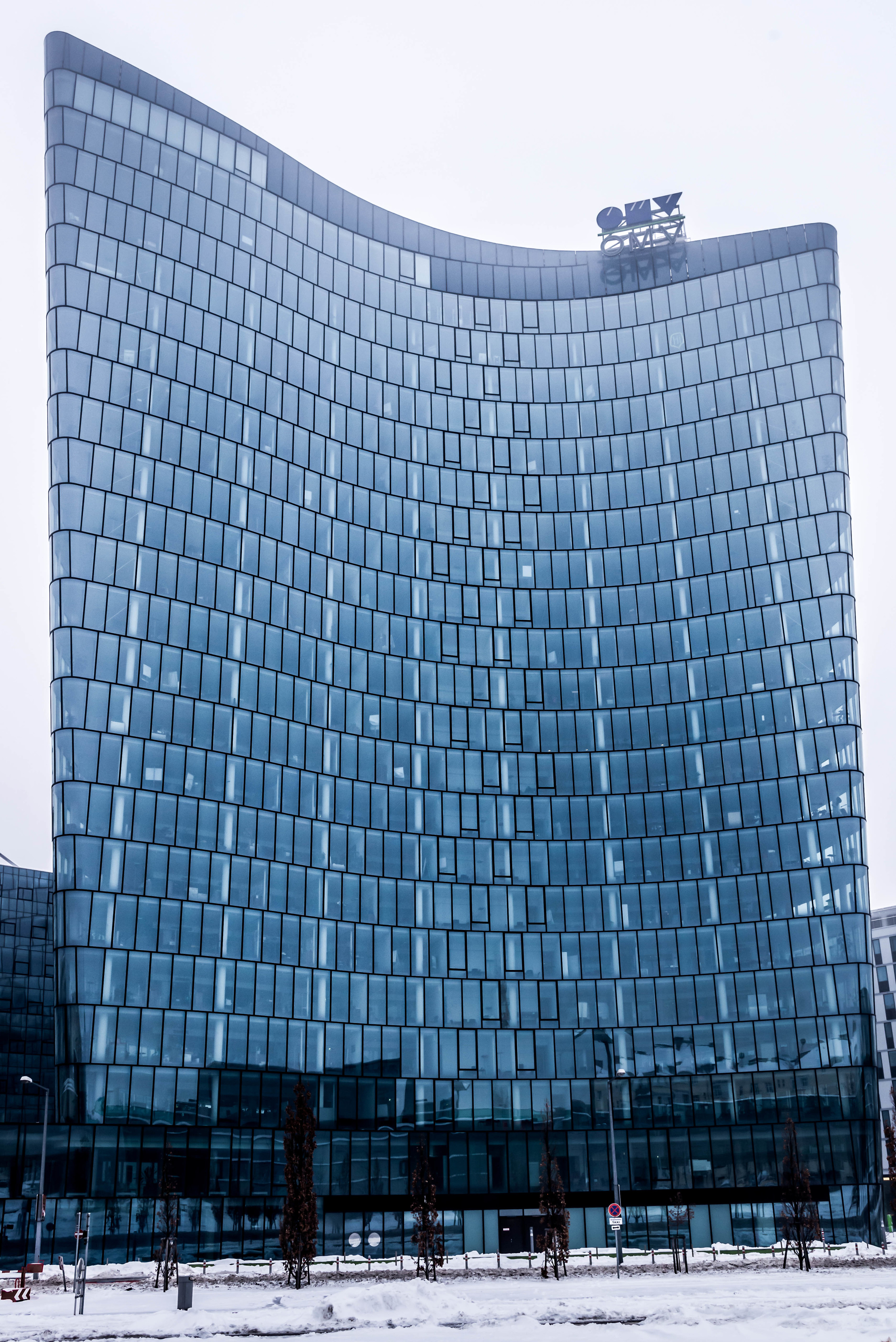Österreichische Nationalbibliothek - Austrian National Library
The Austrian National Library is located in Vienna and is the largest library in Austria with 7.4 million items in its various collections. The library is located in the Hofburg Palace.
The Austrian National Library is located in Vienna and is the largest library in Austria with 7.4 million items in its various collections. The library is located in the Hofburg Palace.
In 1722, Emperor Charles VI authorized the construction of a permanent home for the library in the Hofburg palace. The State Hall was built from 1723 to 1726. With its historic holdings in a library hall that is unparalleled in presenting the universality of knowledge, the Austrian National Library is among the world's most important libraries. Today the Prunksaal is accommodating about 200,000 volumes from the years 1501 to 1850.
Die sich in Wien befindliche Österreichische Nationalbibliothek (ÖNB) ist die größte öffentlich zugängliche, zentrale wissenschaftliche Bibliothek Österreichs. Die ÖNB ist in der Hofburg untergebracht. In den Sammlungen der Nationalbilbliothek befinden sich 7,4 Millionen Exponate.
Kaiser Karl VI. ließ 1722 ein Gebäude an die Hofburg für die Hofbibliothek bauen. Die in den Jahren 1723 – 1726 errichtete Bibliothek beherbergte in ihrem Prunksaal bis ins 19. Jahrhundert die Exponate der Hofbibliothek. Der barocke Prunksaal zählt zu den schönsten historischen Bibliotheken der Welt. Heute beherbergt der Prunksaal ca. 200.000 Bücher aus den Jahren 1501 bis 1850.
For more information on the Austrian National Library please also see:
Here are some impressions from my visit of the Austrian National Library:
New Campus Vienna University of Economics and Business WU
In October 2009 the construction works of the new campus of the University of Economics and Business started in the 2nd district of Vienna, Leopldstadt.
In October 2009 the construction works of the new campus of the University of Economics and Business started in the 2nd district of Vienna, Leopldstadt. The campus features 6 main building complexes resting on approximately 90.000m². The costs for the campus amount to 492 million Euro. The grand opening took place on 4th of October 2013. See also http://en.wikipedia.org/wiki/Vienna_University_of_Economics_and_Business
Im Oktober 2009 wurde begonnen im 2. Bezirk, Leopoldstadt, einen neuen Campus für die Wirtschaftsuniversität zu errichten. Die Grundstücksfläche des Campus WU mit 6 Gebäudekomplexen beträgt 90.000 m², die Kosten betrugen 492 Millionen Euro. Die feierliche Eröffnung fand am 4. Oktober 2013 statt. Mehr Infromationen unter http://de.wikipedia.org/wiki/Wirtschaftsuniversit%C3%A4t_Wien
Campus overview with involved architectural companies (source: http://www.campuswu.at/de/info/architekturen)
Around Albertina and Burgarten - Vienna
Here are pictures I have taken around Albertina and Burggarten in Vienna.
"Hoch Zwei" - A Modern Piece of Vienna's Architecture
On a foggy Sunday I was driving around Vienna searching for an object on which I could practice some shooting.
On a foggy Sunday I was driving around Vienna searching for an object on which I could practice some shooting. Because of the bad weather I was not very confident to find something adequate. But at the time when I wanted to stop my search I passed the OMV headquarter (OMV: Austrian oil and gas company) called "Hoch Zwei" (see http://www.viertel-zwei.at/index1.php?lang=1) which is located in the 2nd district near Prater and Exhibitions Messe Wien.I had noticed this building before, but this time I wanted to explore it in detail, therefore I parked my car, grabbed my camera and started shooting.
The 23 story building with 80 meters height and a "concavo-convex body with glass front and upward expanding curving outline" (architect slang) invited to test different points of view. As the pictures show, the different point of views are creating very interesting perspectives with converging and diverging lines, shapes and curves. Because of the cloudy almost white sky the building is silhouetted from the background and the focus is on the building with its structures and forms.
An einem nebligen Sonntag fuhr ich durch Wien, auf der Suche nach einem Objekt an dem ich mich fotografisch etwas austoben könnte. Aufgrund des schlechten Wetters war meine Hoffnung nicht sehr groß etwas entsprechendes zu finden. Doch als ich die Suche schon fast abbrechen wollte fuhr ich am ÖMV-Gebäude vorbei. Das Gebäude, auch "Hoch Zwei" (siehe http://www.viertel-zwei.at/index1.php?lang=1) genannt, befindet sich im 2. Bezirk nahe dem Wiener Prater und der Messe Wien. Zwar habe ich dieses Gebäude beim Vorbeifahren schon öfters wahrgenommen, aber diesmal wollte ich mir das Teil mal genauer ansehen-also Parkplatz gesucht, die Kamera gegriffen und los gings.
Das Gebäude mit 80 Metern Höhe und 23 Geschossen und seiner "konkav konvexen Gebäudeskulptur mit Glasfassade und nach sich oben aufweitenden, geschwungene Grundrissfigur" (Architektensprache) lädt zum Ausprobieren verschiedenster Blickwinkel ein. Wie die Fotos zeigen entstehen dadurch sehr interessante Perspektivern mit zusammen- und auseinanderlaufenden Linien, Flächen und Kurven. Durch den bewölkten nahezu weißen Himmel hebt sich das Hochhaus sehr gut vom Hintergrund ab und der Fokus bleibt auf dem Gebäude mit seinen Strukturen und Formen.
Walking in the Dark - Night Photography
I admit that I have not very often tried to take pictures in the dark, so the last weeks I was giving me the task to go out when there is no natural light left.
I admit that I have not very often tried to take pictures in the dark, so the last weeks I was giving me the task to go out when there is no natural light left. To make it a little bit more challenging I am not using a tripod (and also I sometimes am a llitle bit lazy to carry a tripod). In an environment where you have no natural light you have to search for areas with artificial light to use these as your light source, in those illuminated areas the action should take place.
I live in Vienna, so is not very difficult to find areas with artificial light, such as normal street lighting but also bright lit buildings and sights. Those "island of light" combined with spot metering allow the creation of high contrast pictures. In low light situations it is hard to get sharp pictures, especially handheld. Fast lenses and high ISO kan help, but the limit for usable pictures is quickly reached (motion blur and noise). In many situations motion blur is not unwanted and can help to tell the story, this depends on what is intended to express with the picture.
Zugegebenermaßen habe ich noch nicht sehr oft versucht Fotos speziell in der Nacht zu machen, daher habe ich mir in den letzten Wochen die Aufgabe gestellt im Dunkeln zu fotografieren. Um die Sache etwas herausfordernder zu machen habe ich kein Stativ verwendet (auch weil ich manchmal etwas faul bin ein Stativ herumzuschleppen). In einer Umgebung in der kein natürliches Licht vorhanden ist, muss man nach Bereichen suchen wo künstliches Licht verfügbar ist.
Ich lebe in Wien und so ist es nicht sonderlich schwierig Plätze mit künstlichem Licht, wie Straßenbeleuchtung oder hell beleuchtete Gebäude oder Sehenswürdigkeiten zu finden. Diese "Lichtinseln" in Verbindung mit der Spotmessung können zu kontrastreichen Bildern verhelfen. In diesen low-light Situationen, speziell aus der Hand fotografiert, ist es schwierig verwackelungsfreie Fotos zu erhalten. Lichtstarke Objektive und hohe ISO-Werte können helfen, aber das Limit für verwendbare Fotos ist schnell erreicht (Bewegungsunschärfe und Rauschen). In vielen Situationen ist Bewegungsunschärfe aber nicht unerwünscht, besonders wenn es hilft die Aussagekraft des Fotos zu unterstützen.



























































